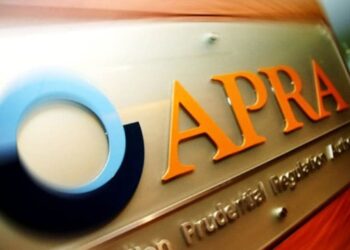The still tight labour market has confirmed that the risk of another rate hike is high, however, market pundits are mixed on the RBA’s next move.
The seasonally adjusted unemployment rate rose by less than 0.1 percentage point to 4.1 per cent in June, according to data released last week by the Australian Bureau of Statistics (ABS).
But while the labour market shows signs of gradual cooling, it remains tight with over 50,000 people finding work last month, bolstering the risk of another interest rate hike.
“Today’s data release wasn’t the hail Mary pass the Reserve Bank may have been hoping for,” said VanEck head of investments and capital markets, Russel Chesler.
“The labour market remains too strong for inflation to fall. With unemployment so low, it is really difficult to see how inflation is going to slip back into the RBA’s target range of 2 to 3 per cent.”
Chesler is of the opinion that an unemployment figure of at least 4.5 per cent would be needed to cool inflation.
“It is becoming a lot clearer with inflation at 4 per cent and showing no signs of slowing that the RBA is going to have to capitulate at some point and increase rates. This is the only way to push inflation back into the RBA’s target range,” said Chesler.
“The RBA did not go as hard as other developed economies with rate rises and we are now seeing this play out with escalating inflation. It’s time for the RBA to rip the band-aid off.”
AMP’s Shane Oliver agrees that the risk of a hike is high, but he continues to think that “it will come down to the June quarter inflation data”.
“Our base case remains that rates have peaked but with a 45 per cent chance of another hike in August or September,” Oliver said.
“The money market has swung wildly from around a 70 per cent chance of another hike a few weeks ago to just a 13 per cent chance early this week to now be around 25 per cent.”
State Street’s APAC economist, Krishna Bhimavarapu, said: “We continue to view an August rate hike to be a bad idea, and still think the cash rate will be cut in November”.
Similarly, Anneke Thompson, chief economist at CreditorWatch, had a more positive interpretation of the labour force data, noting that it will likely be viewed as benign by both markets and the RBA.
“This is positive news for the RBA, who are keen to maintain strong employment while getting inflation back into the target band – the ultimate threading of the needle,” she said.
“So far, they are succeeding on the employment side, but it remains to be seen if inflation can be pushed back into the band at the current monetary policy setting.”
Thompson said CreditorWatch expects business conditions to slow, dampening employment growth over the latter half of 2024 and into 2025 and driving the unemployment rate higher.
“In terms of the fight against inflation, this is good news,” she noted.
“And given that the unemployment rate will be rising off such a low base, the RBA still has a chance of maintaining close to full employment, even if the unemployment rate reaches 4.5 per cent”.
The RBA has projected an unemployment rate of 4.2 per cent at the end of 2024.




